| MARINE
LIFE NEWS
Reports
of marine wildlife from all around the British Isles, with pollution incidents
and conservation initiatives as they affect the flora and fauna of the
NE Atlantic Ocean
January
2016
The
first month of the year was characterised by frequent gales interspersed
with calm weather. The gales blew in the usual debris of seaweeds
and shells on to the strandline,
including unusually high numbers of pelagic rafting
animals especially thousands of clumps of Goose
Barnacles,
Lepas
anatifera, attached to floating objects
have been washed ashore all along the south coast from Cornwall to Kent
and on west facing Atlantic shores. Beachcombers have discovered the tiny
Columbus
Crabs,
Planes minutus. amongst
the wrecks. Other wrecks include moribund Loggerhead
Turtles,
Caretta
caretta, Triggerfish,
Balistes
capriscus, and more Barrel
Jellyfish, Rhizostoma octopus.
Clumps
of the poisonous
mineral oil were also washed ashore
in large unsightly amounts on most of the south coast of England.
List
of trans-Atlantic rafting species (Aphotomarine)
BMLSS
Strandlining/Beachcombing
25
January 2016
A
fifth Sperm Whale, Physeter
macrocephalus,
was discovered washed up dead on the inaccessible coast at at Wainfleet,
Lincolnshire.
| Expert
and observations seem to conclude that the original pod of the 17 Sperm
Whales entered the shallower North Sea
from deeper northerly seas and that the complete pod perished in
two weeks.
Click
on the map for the full
illustrated report by Philip Hoare
for the Daily Mail.
New
Scientist Report |
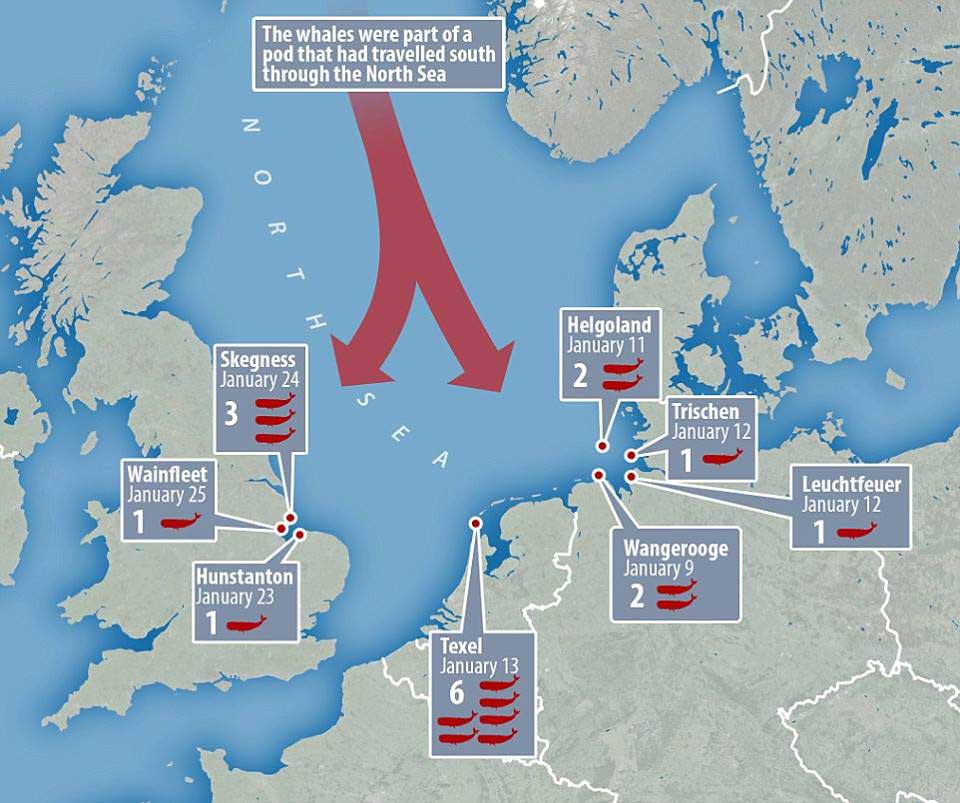 |
24
January 2016

Sperm Whales stranded
at Skegness
Photographs
by Graham G.N. Cummings
Calamitously,
the other three Sperm Whales, Physeter
macrocephalus,
in the pod (see below) were found washed ashore
dead at
Skegness.
Two were stranded together on the sandy beach.
Cetacean
Strandings Investigation Programme (CSIP): UK Strandings
22
January 2016
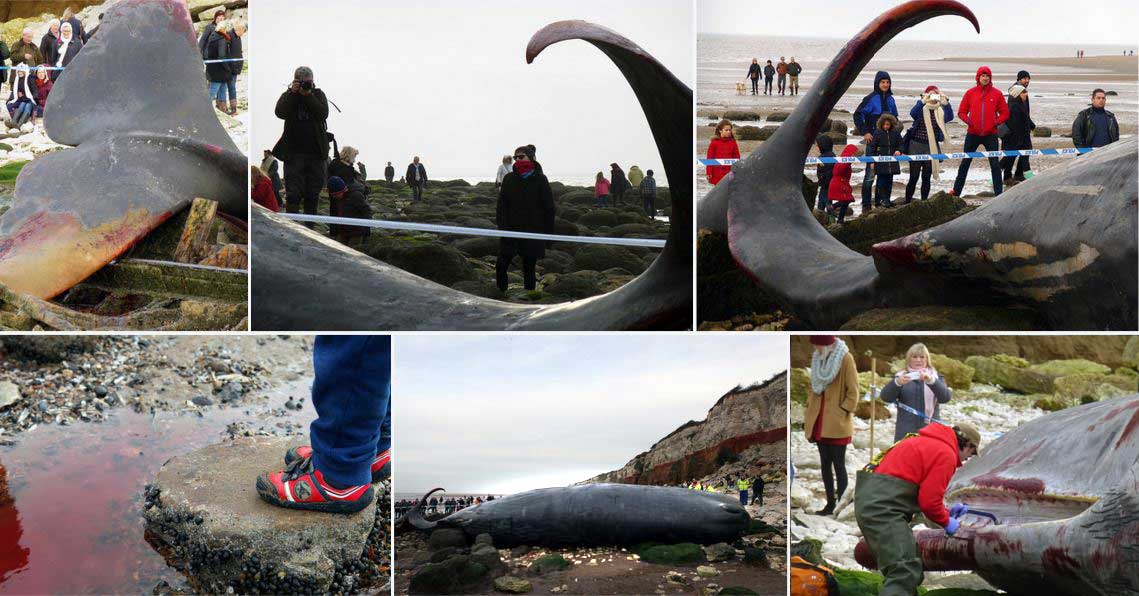
Sperm Whale stranded at
Hunstanton
Photographs
by Bull
of the Bog
Four
Sperm
Whales, Physeter
macrocephalus,
were seen very close inshore under Hunstanton
cliffs, Norfolk at night. Three swam back out into The Wash and one a big
bull got stranded. It was probably already injured it was bleeding heavily
from its tail, as the tide ebbed away so did its
life. The following day a team of vets from Zoological
Society of London (ZSL) raced against the tide to carry out a field
necropsy
and crowds of curious sightseers gathered to view this stranded leviathan.
Previous
(2011) stranding at Hunstanton
12
January 2016

Five
Sperm
Whales, Physeter
macrocephalus,
beached on the Dutch Wadden
Sea island of Texel
all died overnight as expected. The whales were spotted in difficulty close
to the shore and rescue efforts continued until midnight, without success.
8 January
2016
Two
male Sperm Whales, Physeter
macrocephalus,
washed ashore dead on the island of Wangerooge
in the shallow waters of the German Wadden
Sea. The largest whale measured 13 metres and the smaller whale at
12 metres.
Sperm
Whales are huge whales
that inhabit deep water and are unusual and out of place in the shallow
part of the southern North Sea.
Altogether,
the final count of dead Sperm Whales
on the Dutch and German coasts was 12. A fishing
net was discovered in the stomach of one of the dead whales.
BMLSS
Cetacea
30
December 2015
Another
Kemp's
Ridley Turtle,
Lepidochelys
kempii,
was
washed ashore dead on Chesil
Beach
in Dorset, west of
West
Bexington.
BMLSS
Turtles
29
December 2015

Ammonites
from Charmouth
Photographs
by Doug Chalk
A mudslide
on Charmouth
Beach, Dorset, attracted fossil hunters underneath the unstable cliff
for ammonites etc. on a pleasant December day, turning to rain with the
cliff battered by waves and Near Gale Force (Force
6 gusting to Gale
Force 8) winds.
Geology
of East Charmouth
Late
November - December 2015
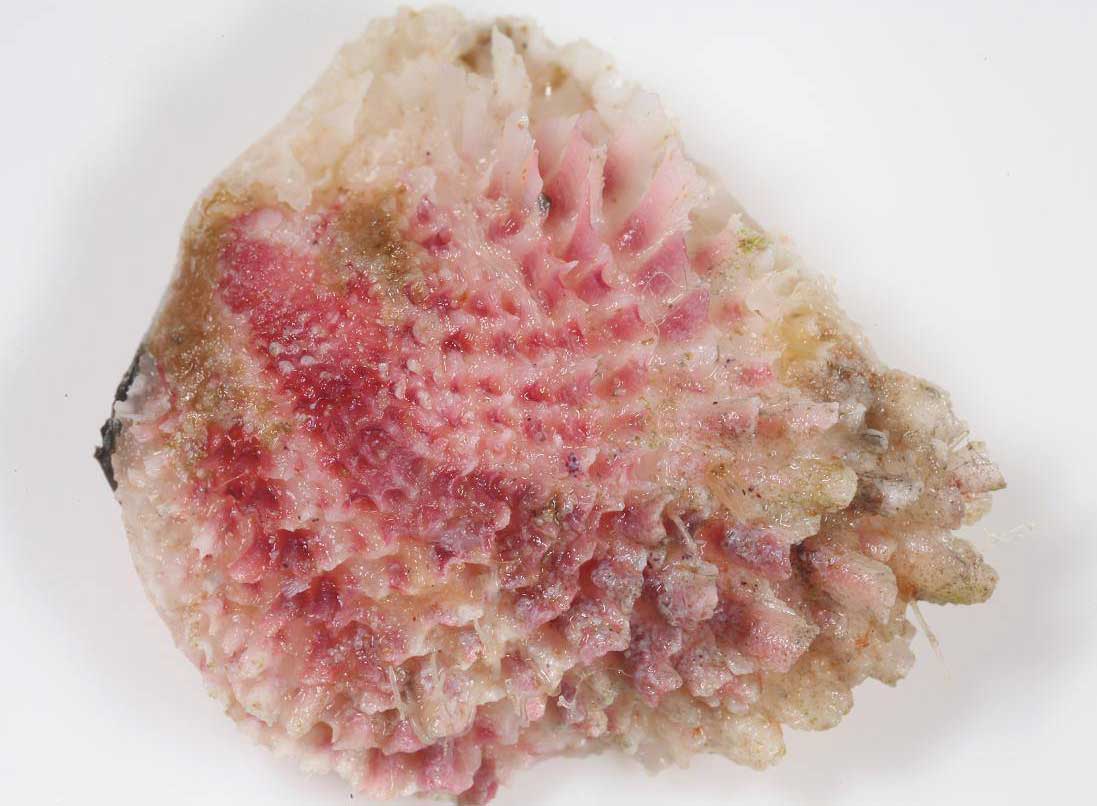
|
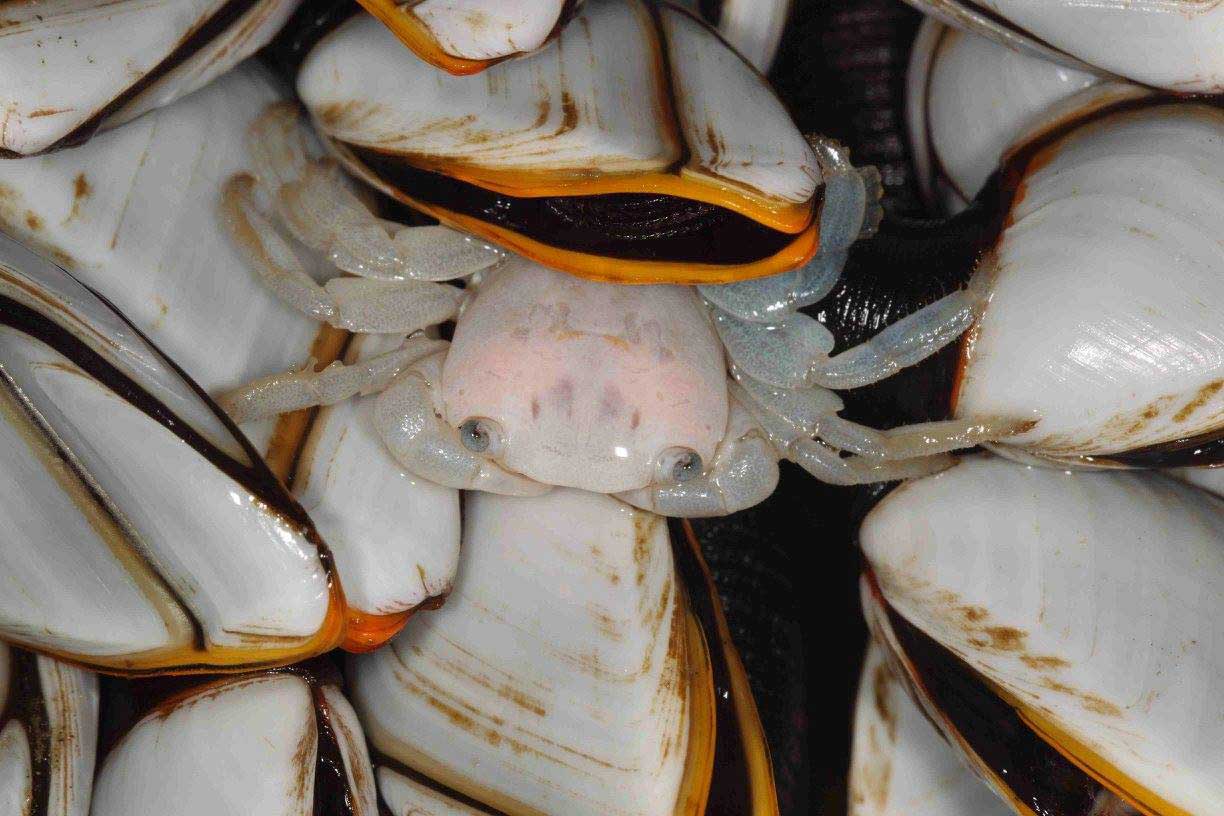
|
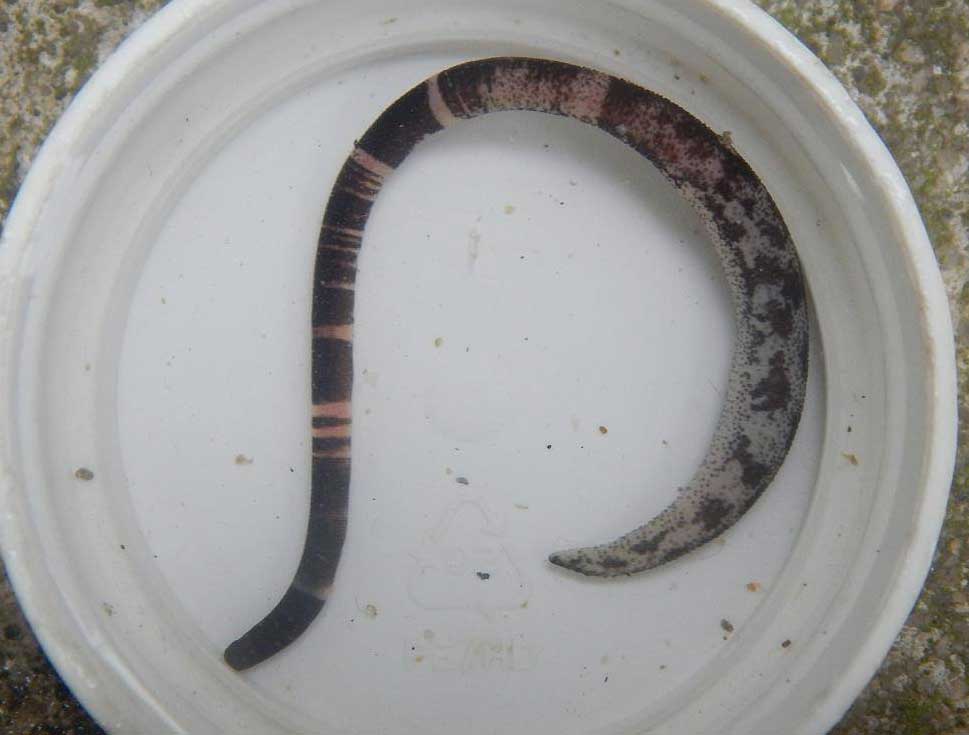
|
|
Chama
florida
|
Planes
minutus
|
sipunculan
Phascolosoma
(Phascolosoma) granulatum
|
Debris
washed across the Atlantic Oceans housed pelagic
visitors rarely, if ever, recorded in British seas. The finds included
Florida
Rock Shells, Stramonita
floridana, found by Steve
Trewhella living on a Goose
Barnacle covered long line buoy found at Chapmans
Pool, Dorset; over fifty tiny Columbus
Crabs,
Planes minutus. amongst
the wrecks; miniature amphipods Caprella andreae;
and a very special find of the tubes of the tiny Thimble
Jellyfish Linuche
unguiculata,
by Steve Trewhella
on Chesil Beach,
and by David
Fenwick Snr in Cornwall on flotsam.

|
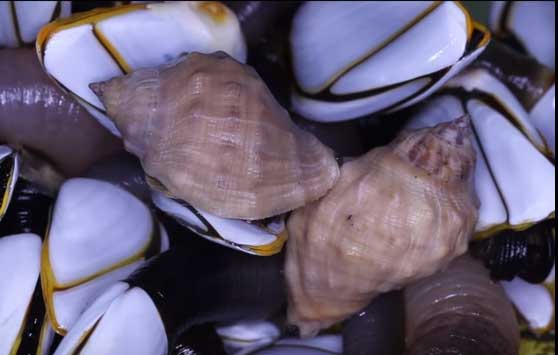 |
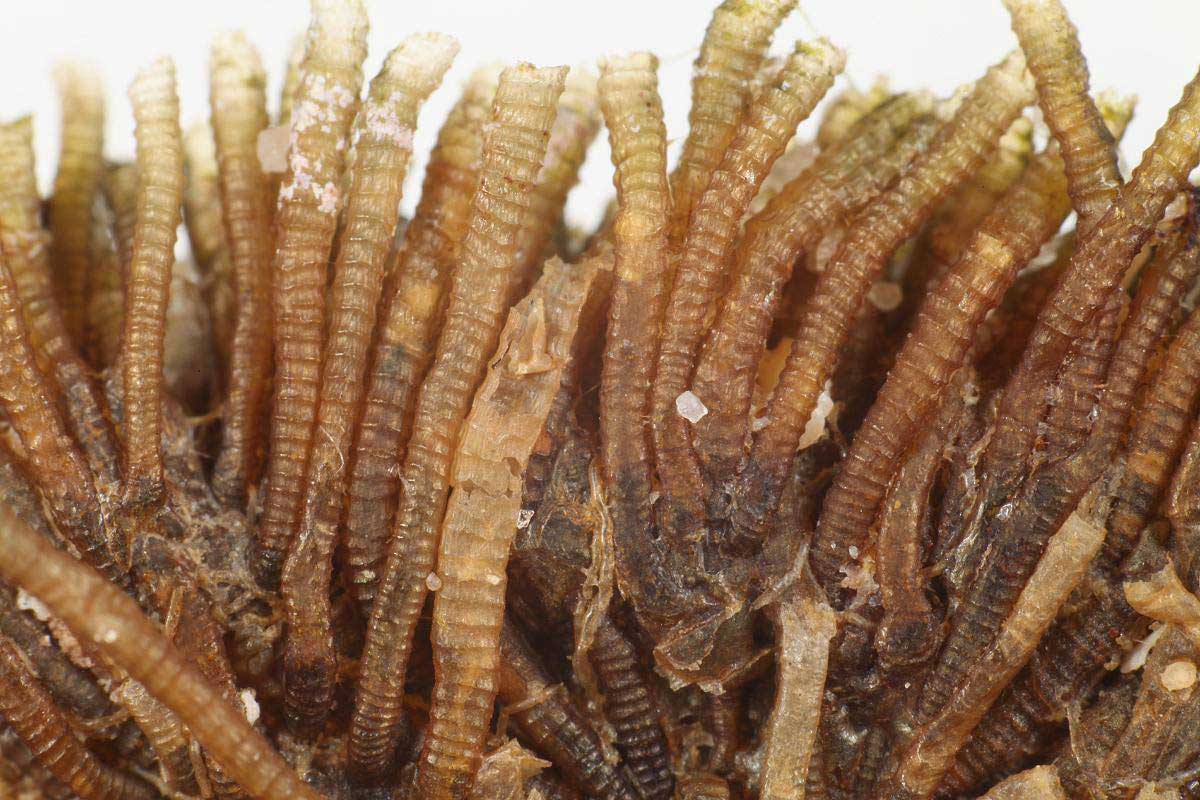
|
|
Cerithium
litteratum
|
Stramonita
floridana
|
Linuche
unguiculata
|
Also,
three 60 mm long native sipunculans Phascolosoma
(Phascolosoma) granulatum were
found inside a buoy with seven Columbus Crabs
washed ashore on Cornwall. In November
another vagrant washed in from America was the Pretty
Jewel Box, Chama
florida. Tracey
Williams found a Scotty
bait pot on a beach near Newquay,
Cornwall, which contained ten attractive shells of Cerithium
litteratum, a Caribbean gastropod
mollusc
never seen before on British mainland shores.
The
snails would have entered the pot as larvae, living on algae growing on
the inside. David Fenwick Snr also
discovered the bivalve mollusc shells
of the Crested Oyster Ostrea
equestris Isognomon
bicolor and Isognomon
radiatus all attached to the same
bucket washed ashore at Marazion,
south Cornwall.
List
of trans-Atlantic rafting species (Aphotomarine)
BMLSS
Strandlining/Beachcombing
FORUM
NEWS
Marine Wildlife
of the North-east Atlantic Ocean Mailing Groups
.jpg)
Marine
Wildlife of the North-east Atlantic Ocean
Yahoo
Group
New
Group:
http://uk.groups.yahoo.com/group/Glaucus

British
Marine Life Study Society
facebook
Page:
https://www.facebook.com/groups/glaucus/
This
is designed for quick less important chatty news items. Photographs can
be uploaded quickly which is only possible on the Yahoo Group by going
to the web page.

Images can be
uploaded to flickr.
http://www.flickr.com/groups/glaucus/
Wet
Thumb (Marine Aquariology) Forum Link


|
Lots
of marine wildlife reports from Shetland on facebook
Photographs
include undersea, sea mammals and birds.
Click
on the image to connect |

All
reports by Andy Horton unless the credits are given
to
other observers or reporters.
Cornish
Marine Wildlife (Ray Dennis Records) 2009
|

